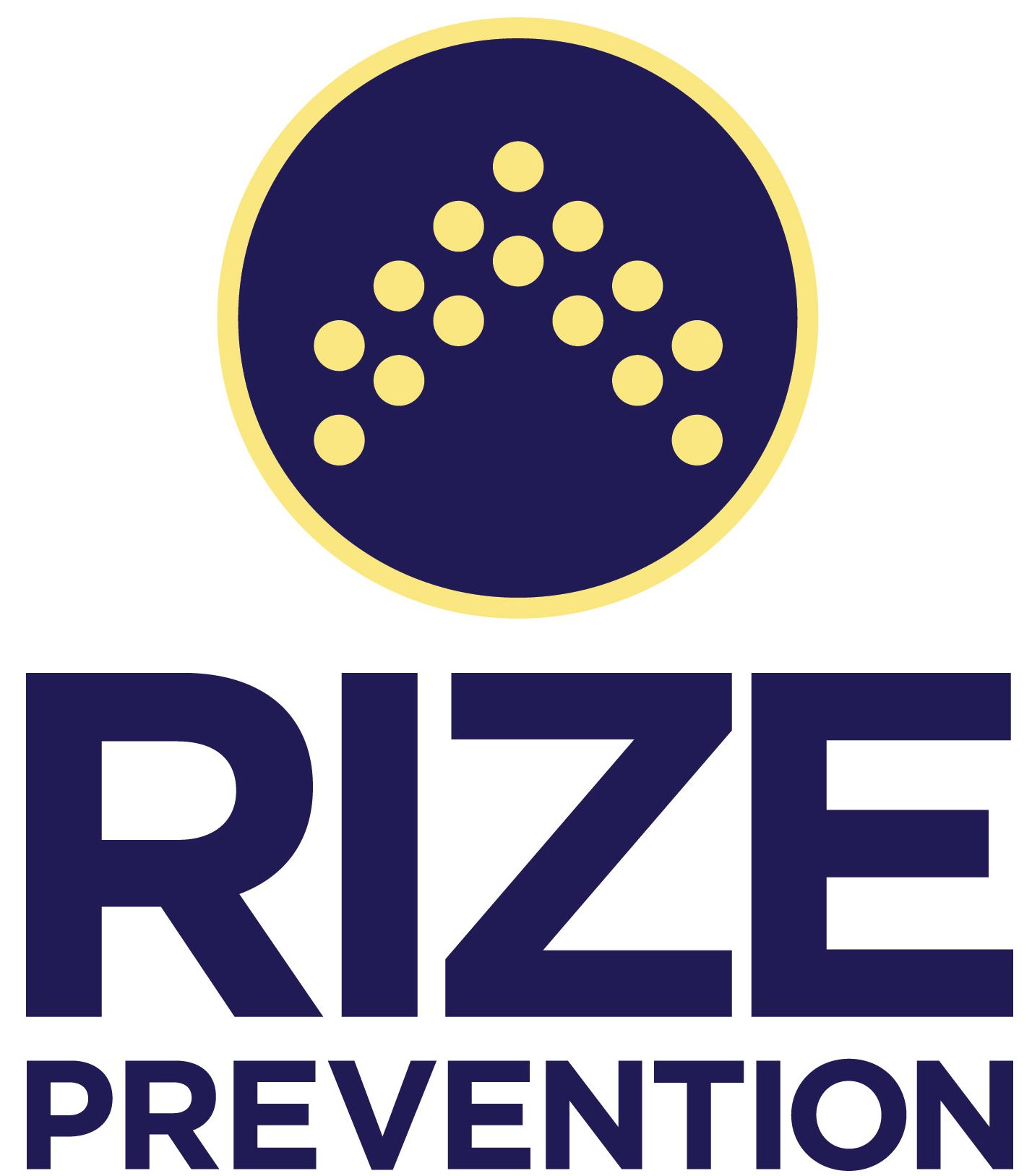Popular music is more than just entertainment—it’s a cultural mirror. A recent study reveals that hit song lyrics not only reflect real-world trends in substance use but also have the potential to shape the ways young people view mental health, stress, and coping strategies.
Researchers analyzed the lyrics of the top 50 Billboard songs from 2013 to 2024 and discovered a striking pattern: the rise and fall of substance mentions in music often align with actual national data on substance use. From alcohol to opioids, music trends have closely followed—and possibly influenced—real-life behaviors and attitudes among youth.
A Cultural Snapshot Through Lyrics
Key findings from the study show:
- Alcohol remains the most frequently referenced substance in popular music, with spikes in 2014–2015, 2018, and 2024.
- Unspecified drug use peaked in 2020, paralleling the rise in anxiety, isolation, and depression during the COVID-19 pandemic.
- Marijuana and cocaine references saw notable increases in 2018, possibly due to growing public conversations around legalization and escapism.
- Mentions of opioids, ecstasy, benzodiazepines, and stimulants surged at various points throughout the last decade, with peaks that often coincided with real-world usage statistics.
These lyrical trends were compared to national data from the National Survey on Drug Use and Health (NSDUH), which confirmed similar usage patterns among teens and young adults during the same timeframes.
The Impact on Youth and Mental Health
Beyond mirroring trends, lyrics often normalize substance use—whether in celebration or as a coping mechanism. This normalization can subtly influence how young people view themselves and how they manage stress, relationships, and emotions. The study also found that mental health themes like anxiety and depression were increasingly present in lyrics, suggesting a deeper cultural shift in how mental wellness is discussed.
Using Music as a Prevention and Engagement Tool
Rather than simply criticizing music, researchers propose using it as a bridge to connect with youth:
- Educate: Song lyrics can serve as conversation starters in classrooms, counseling sessions, and community programs.
- Advocate: Artists and influencers can be powerful allies in campaigns to destigmatize mental health and promote substance-free lifestyles.
- Support: Safe listening spaces, music therapy, and healthy coping resources should be encouraged.
- Research: Continued studies should involve direct feedback from youth on how music influences their choices and mental well-being.
What Clinicians and Mentors Can Do
Professionals working with young people are encouraged to:
- Recognize the influence of music on emotional and behavioral health.
- Ask patients about their favorite songs and artists to better understand their inner world.
- Explore music therapy as a potential intervention.
- Stay current with musical trends and language to better connect with younger generations.
At the intersection of pop culture and public health, music offers a valuable—often untapped—tool for understanding and addressing youth substance use and mental health concerns.
Learn more and explore how we’re making a difference at
🔗 www.rizeprevention.

